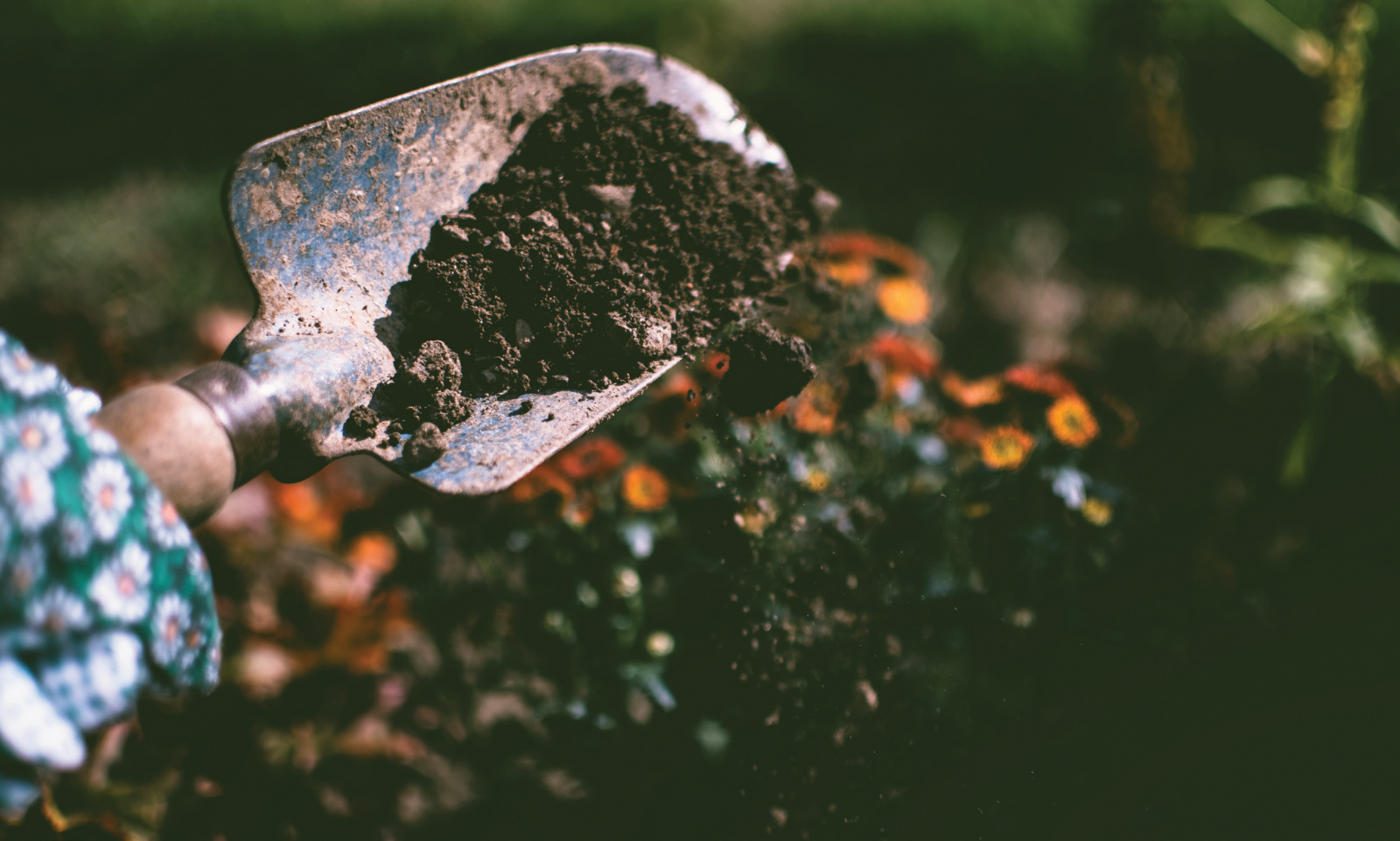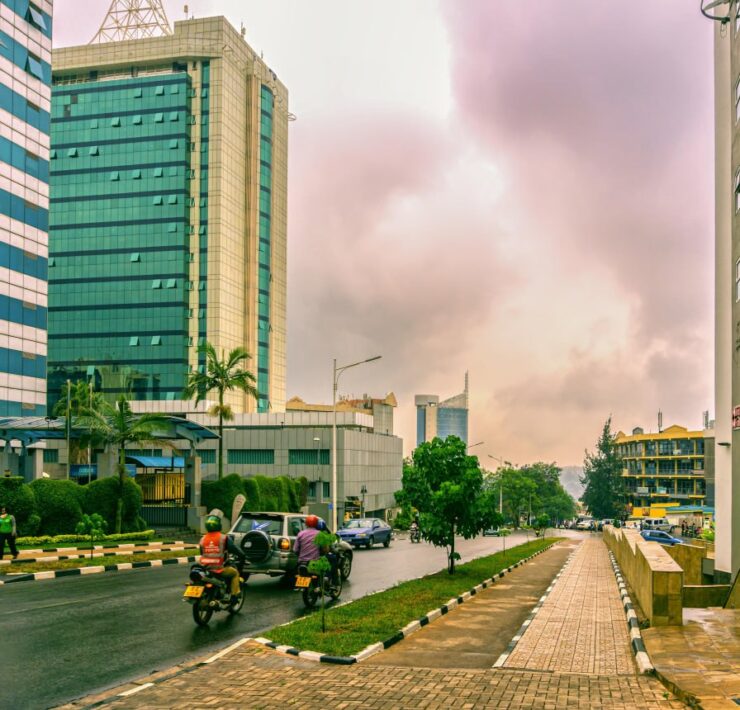Implementing Farming God’s Way on the Land – The Technology

Organic Farmer/ Green Energy Expert A father, a husband and…
Today, we are going to describe how to implement farming God’s Way technology practically on your farm. We can say that we are going to the shamba (garden) so get your gum boots and dress appropriately for a hard day’s work on the farm. We should remember to carry the following tools as we go: A teren rope, which is a measuring rope used to ensure high standards of plant population density. Select a long rope, up to 50 metres, non-stretch, hardy rope made of either nylon, cable or woven sisal rope. Cut a 60 cm stick with which to measure the marker position on the rope. Tie loops on each end of the teren rope, peg it on one side, pull the rope tight and peg it again on the other end. Then attach the markers by crimping bottle tops or tying short strips of plastic on to the repeat exactly 60cm intervals. Other tools and things required are 4 permanent wooden or stick pegs, hoes, measuring cups 350ml, measuring sticks – 60cm and 75cm, manure or compost or anthill soil, seed, teaspoons, and tablespoons.
Land Preparation
You need to start preparing the land at least 2 months before the start of the planting season. Start small and do everything to a high standard. Let the available inputs determine the land to prepare and not the other way round. Do not plough the land. If land is full of weeds, simply hoe them down at ground level and leave them to be used as Gods blanket(mulch).If the land is virgin and previously unused, simply remove the tree stumps, level the land and clear it out. Do not burn the brush or leaves as you can use them as Gods blanket (mulch).
The next thing to do is to establish a permanent base line on the land.
Starting at the top of the field, place a 60cm teren rope across the slope on the contour. This should be established 90 degrees off the existing boundary fence or road. Place the 2 permanent pegs at the top of the field at the first and last teren rope markers. Establish a perfect right angle with a sheet of paper and run a down slope rope off this for the coming rows. See picture below:
Diagram 1
DIGGING PLANTING HOLES FOR MAIZE
The spacing for maize planting station should be 60cm in rows which should be 75cm apart as shown above. The width of the hole should be the width of the hoe about 12 cm. Hole depth should be 15cm when using organic inputs like manure, compost or anthill soil. The hole must be dug such that the soil heap goes down slope.

After completing one row of holes the 60 cm teren rope is moved downwards by 75cm. This is measured using the 75 cm measuring stick to ensure accuracy. This continues down the slope until you reach the end of your field. On a large field it is important to place permanent pegs every 10 to 20 rows for row accuracy.
When planting other crops like beans or vegetables the spacing is very close and narrow so instead we plant in a continuous furrow on the contour. We place the teren rope across the row but instead of digging at the 60cm markers we dig an 8cm furrow across the slope. This is illustrated in diagram 1 at the bottom, where there’s a continuous furrow line for planting beans.
Correcting Acidic Soils (Liming)
Soils which are reddish in colour in a high rainfall area are often acidic. This leads to binding of nutrients necessary for plant growth. When we apply agricultural lime, we increase the PH of the soils which allows nutrients to be more easily absorbed by the roots of the plants. A heaped teaspoon of lime is placed at the base of each hole if soil analysis has not been done. If analysis has been done then the recommended quantity should be applied. A heaped tablespoon of wood ash may also be applied if agricultural lime is not available.
Organic Inputs
We can use animal manure, compost manure or anthill soil as organic inputs. A 350ml cup or tin of the input is placed at the base of the hole. The yield potential for a hectare of maize using animal manure is 3-5 tons, with compost 2-5 tons and with anthill soil its 1-3 tons. For beans we spread 350 ml of the manure across the furrow every 60 cm. The inputs are then covered with about 3cm of soil up to the planting depth. The planting depth for maize is 5cm and for beans its 3cm.
Planting
We advocate that small scale farmers use open pollinated variety seed (OPV) as opposed to hybrid seed. They perform at much the same yield under sub-optimal conditions, are much cheaper, and the same seed can be stored at the end of the season and replanted for several years. Hybrid seed must be bought each year and the poor get yoked into the seed companies money-making schemes or they become seed-aid dependants.. When you are ready to plant and have had sufficient rainfall, take the amount of maize seed you can plant at one time and presoak it for up to 6 hours to allow the seed to take up water and swell. Looking up the slope, place 3 seeds per planting station neatly in the row, one on the left, one in the middle and one the right. 3 seeds per hole is 66,666 seeds planted per hectare. The seeds are planted at 5cm or a matchbox depth from the ground level. If the hole is too full of soil then simply press the seed to the required depth from the ground level with your finger. When planting in organic input holes with manure, compost or anthill, the seeds should be put 2 inches away from the topside of the holes, as that is the deepest part of the 15 cm hole where most nutrients are found. When planting beans, place the bean seed at 10 cm intervals along the row. These are all part of the standards that are going to give God glory in our fields.
Covering
Cover with fine, loose soil from the soil heap, making sure that you don’t cover with stones, heavy clods or God’s Blanket. All of these can result in poor germination rates and uneven stands, so take good care at this point. Cover evenly with no depressions. These depressions can cause problems as pools of water develop here after heavy rains and seedlings will get diseases such as damping off as their stems will be right in the water.
Applying God’s Blanket
If you go to Gods garden, which is anywhere where there is no intervention by man, you will see that He in His wisdom puts a protective covering on top of the ground made up leaves, twigs, fruit and decaying grasses. These lie on top of the ground gradually decomposing over many years. We call this mulch, God’s Blanket!!! It protects the soil from erosion, allows for deep penetration of rainfall, conservation of moisture, improves fertility, crops have improved drought tolerance and an ideal growing environment, amongst many other advantages. All this leads to significantly improved yields. We need to be aiming for 100% and more cover in our fields and although it may take you a few years to get there, do this with all your heart.
In the beginning your only plant material available for God’s Blanket is weeds and old crop residues. Do whatever you can to increase your blanket coverage by cutting grasses or banana leaves, carrying in forest mulch or even collecting your neighbor’s crop residues before they get burnt. Cover the whole field evenly – yes even over the holes. The seeds will germinate right through the blanket so don’t fear. Only with small seeded crops should you take care to leave a narrow space over the seed rows to allow for easier germination. God’s Blanket is so important it cannot be emphasized enough. We need to see God’s Blanket as the treasure of the soil, guard it and build it up.
Emergence
After approximately 10 days the seedlings emerge through God’s Blanket. Seedlings may emerge slightly slower through God’s Blanket due to cooler soil temperatures, but don’t panic they soon catch up and overtake seedlings in fields where the blanket is not present.
Gapping
Sometimes guinea fowl, chickens or rats dig out the seed causing fairly large empty spaces, which we can correct by gapping. This is done shortly after emergence. Take the amount of maize seed you need and presoak it for 6 hours to allow it to take up water and swell. Push the seeds down to 5 cm or matchbox length in existing holes and close them over. Gapping fills any empty spaces in your field and reinforces the “minimal wastage” principle of Farming God’s Way. Note: Gapping of maize is used when you have empty areas of a few square metres and not when 1 hole is empty.
All this is to be done to the highest standard so that the narrative of failure and poverty in Afrika starts to be countered with success and ability, sustain the community and progress. In the next issue we shall continue looking at more technological keys of Farming Gods way in area of weeding and we shall also look at reasons why we do the how. God bless you and God bless Afrika.
Source material: Farming God’s Way Trainer’s Reference Guide. Dryden, G.W., 2009.
What's Your Reaction?
Organic Farmer/ Green Energy Expert A father, a husband and a son of God. He runs Viro Mental Ltd, a renewable energy and organic farming business. He ran a Solar and power solutions business for the last 12 years. In 2013 He answered God’s call to be a farmer and embarked on a learning process that has led to him seeking to be a qualified trainer in Farming Gods Way. PASSION FOR THE ART I love farming and green energy I am passionate about doing it in God’s way.
















